SUMMARY
This is AI generated summarization, which may have errors. For context, always refer to the full article.
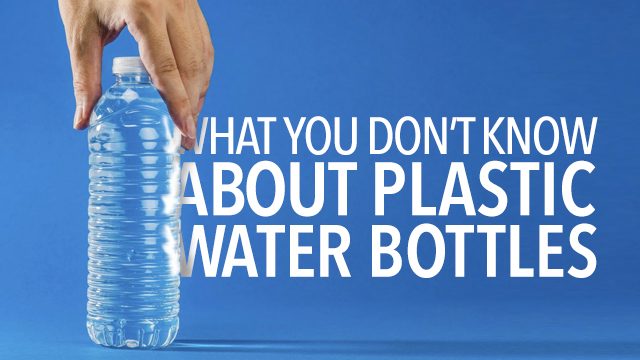
MANILA, Philippines – If you want to do your part in saving the earth, a start would be to lessen your plastic consumption.
With the rise of global warming and the palpable effects climate change has, businesses and people are now scouring for environment-friendly alternatives that would help slow down its effects.
For better or for worse, we make small decisions everyday that greatly impact the environment. How aware are we of the seemingly unmoving things we do on a daily basis?
It’s time we school ourselves on one of the most common plastic materials used: the plastic water bottle.
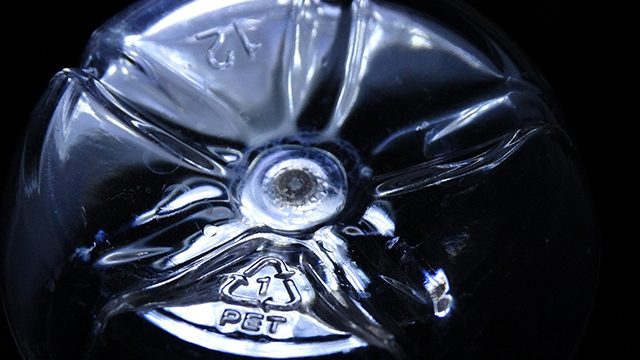
The numbers at the bottom
While the use of all plastics should be limited, did you know that some are safer than others?
The measure of a plastic’s safety is attributed to their chemical composition and the effects it has to the environment while they were being manufactured.
Here’s a brief rundown of what the numbers at the bottom of each bottle mean:
1 – PET or “polyethylene terephtalate”
- generally safe
- picked up by most recycling programs
2 – HDPE or “high density polyethylene”
- considered safe
- low risk of leaching
- picked up by most recycling programs
3 – V or PVC or “polyvinyl chloride”
- has chemicals that interfere with hormonal development
- rarely accepted by recycling programs
4 – LDPE or “low density polyethylene”
- considered safe
- not accepted by all recycling programs
5 – PP or “polypropylene”
- considered safe
- accepted in most recycling programs
6 – PS or “polystyrene”
- may leach potentially toxic chemicals when heated
- not accepted by most recycling programs
7 – OTHER
- composed of different plastics
- generally not safe
- should be avoided being used for food products
In general, numbers 1, 2, 4 and 5 are types that you should allow yourself to use, while 3, 6 and 7 should be avoided.
Next time you encounter plastic water bottles, make sure to check their recycling codes at the bottom for your own safety and for the environment’s as well.
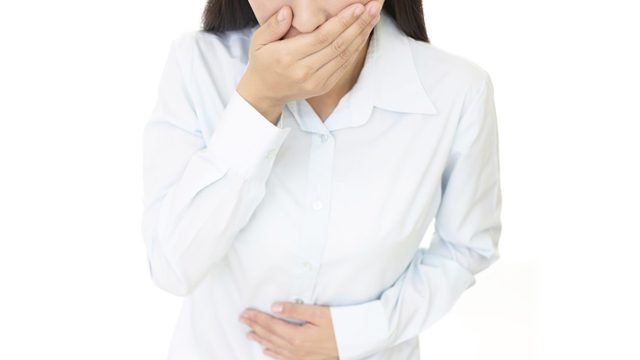
A place for bacteria to grow
Various studies have shown that scratches and cracks in plastic water bottles are dangerous as these will cause bacteria to thrive in the bottle.
Moreover, a University of Calgary study found that water bottles that were not cleaned and washed properly for a week contained a high amount of bacteria. This was mainly due to the bottles being left in a place with warm temperature – the perfect condition for bacteria to multiply.
Some of the harmful effects that are caused by allowing bacteria to grow in plastic water bottles include:
- Nausea
- Vomiting
- Diarrhea
Washing the bottle daily with warm water and soap can reduce the risk, but some bottles are more difficult to clean, which leads to the quick build-up of bacteria. Using boiling water when cleaning the bottles isn’t the perfect solution as well as some plastics aren’t designed for warm temperatures, resulting in dangerous chemicals seeping out even if washed thoroughly.
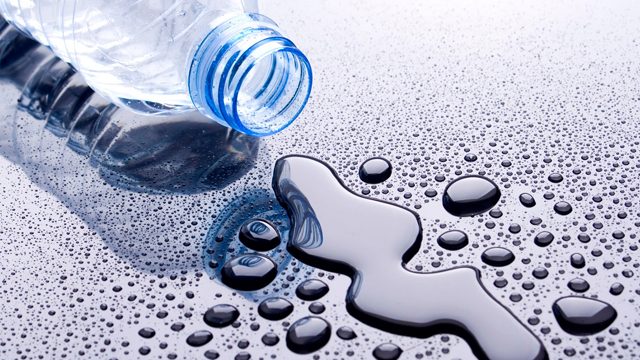
It’s not saving the planet either
Although it seems ideal to reuse plastic water bottles, the tedious act of washing them individually is harmful to the environment due to the excessive use of natural resources this entails.
To note, studies from the University of Colombia found that an ingredient commonly present in antibacterial soap may not only be possibly damaging to the environment, but may also be detrimental to our health.
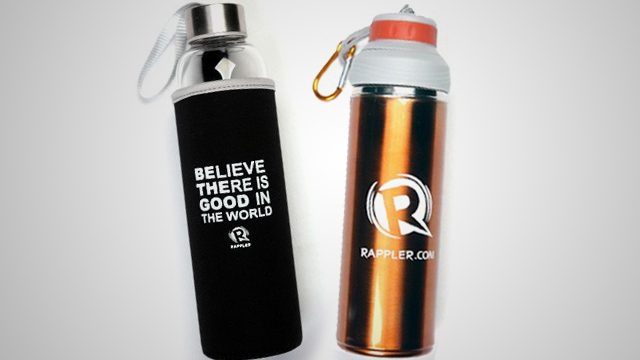
Alternatives you can use
The best alternatives for plastic water bottles are tumblers made from glass and stainless steel as these materials are safe, durable and long lasting.
Carrying one with you at all times will keep you hydrated and will reduce your carbon footprint. Various coffee shops have also shown support for this cause by encouraging their customers to bring their own tumblers or mugs, even providing a discount if done so.
Share this information and continue educating yourself about the little things you can do to contribute to the environment. Lessen your use of plastic bottles and be part of the solution. – Rappler.com
Visit Rappler Shop to purchase their Be The Good Tumbler.
Add a comment
How does this make you feel?
There are no comments yet. Add your comment to start the conversation.